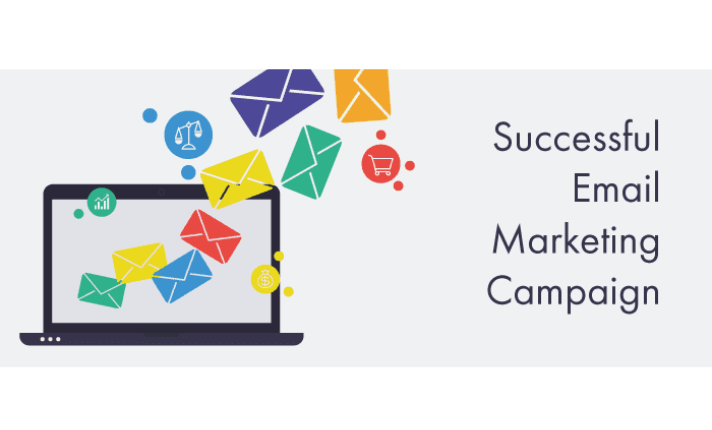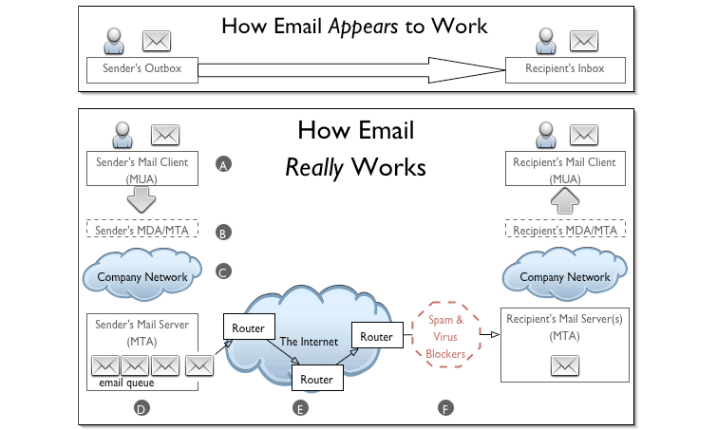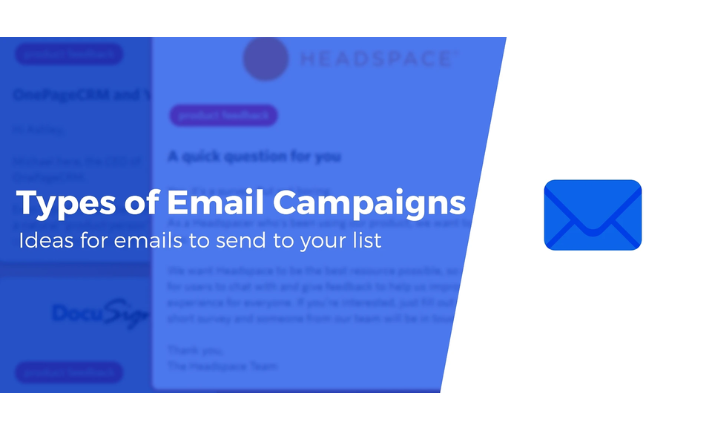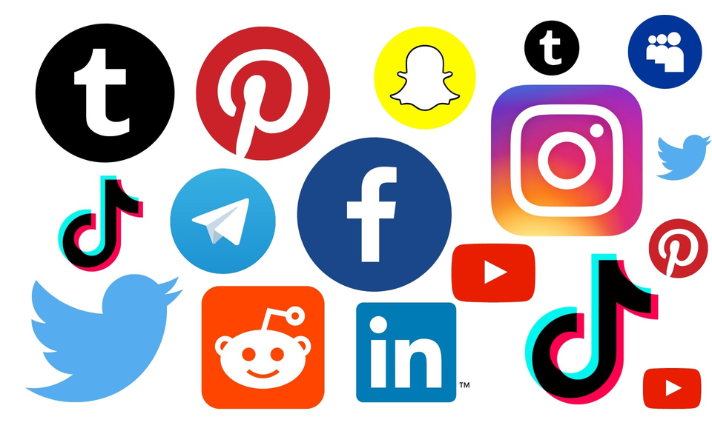
In the world of digital marketing, email is by far one of the most powerful tools we use today to connect with our audiences. The power of an effective email campaign can help you get ahead of your competition and even land a big client or two. Here are some tips on how to create a successful email marketing campaign to attract leads and convert them into paying clients.

A great way to define email is as “a communication channel that allows users to send and receive electronic messages—usually written information like announcements, offers, surveys, questions, etc.” If this definition seems clear enough, let us make things easier for you — there are some other definitions available, but these are certainly the two biggest definitions of what an email “should be”. These include:
The bottom line to all of the above is that email has changed pretty much since it was started. There are many types of emails out there, and it’s important to realize what they all have in common. Regardless, when you write or send out an email, ask yourself, why do I need this message? What exactly am I delivering? And who will read it?
Before we dive into creating an active email marketing plan, let us break down the basics. You may have already done so, but if not read up on it. Let me give you a snapshot of basic email examples:
Most people think emails work linearly. Whether that’s true or not depends entirely on your level of experience. But regardless, I will attempt to outline the process a little bit differently. It starts with something known as a sender role (which you can see below), followed by the receiver role (which we will cover later) and finally the action role (which you can also see below). Most importantly, each step has three key steps:

The initial goal of having a good subject line and a great first sentence is to catch the receiver’s attention. Typically, the recipient can determine this; therefore, the task becomes the responsibility of managing expectations, as mentioned above. The second part is where the actual sending occurs. We should use words designed to impress, whether they be attractive graphics or bold copy. The last part is the final stage where the recipients act on your information. Ideally, a subscriber will either: click a link in the e-mail or go straight to the website they were sent to; decide they should accept the offer; leave a review; download a report; and so forth. All of these activities can take place at once or individually.
There are steps you can take to improve it even further:
Once you have decided you’re going to develop a marketing strategy around an email subject line, there are several other approaches you can take:
Use Webinars & Tutorial Videos to Help Build Awareness About Your Service / Product / Solution
When conducting a webinar, there are typically two goals, namely: to gain knowledge on topics relevant to the audience and for the presenter to teach the attendees the skills they need to succeed in the future. Many times in person, it’s difficult to find time to attend a webinar. Often, I can’t attend due to schedule constraints. Instead, I’ll set aside time in my calendar to conduct webinars. Once again, depending on the topic, a lot can change. When deciding on which websites are best to host webinars, always choose sites that meet the highest standards for quality, originality, usefulness, and professionalism. Then, choose a platform of choice that suits your audience and goals.

With this type of technology, you have the added advantage of allowing participants to earn an online income through advertising. Depending on the platforms you select, opportunities may include sponsored posts on popular blogs, affiliate commissions earned through various means, advertisements placed on the site itself, as well as virtual events held on the day of and during the event, such as a panel discussion between speakers. Keep in mind you may be able to partner with multiple companies and organizations to increase exposure. It is possible to achieve success with only a single event!
When launching a Facebook, Twitter, LinkedIn, Instagram, Pinterest, Snapchat, or YouTube account, it is essential to create a strong profile. Make sure your name and bio match. Make sure your picture and videos accurately represent you. Research any current competitors and analyze the ones with the strongest following. Find out how well your chosen competitors interact on social media. Do some keyword research on your competitor’s profiles and pages. Ask yourself how often they use specific hashtags versus broad language. For example, @shawnpatton and @Jason James are too similar. Don’t forget to make sure a few of your content pieces align with the overall tone and mission of your brand. Remember, consistency with your approach is key!

Many times. We think social media is just another platform. Where we interact with friends and family. While there is absolutely nothing wrong with having fun on social media. Use the same tactics that you use on your website. Share useful articles, useful resources, and helpful ideas. Encourage participation and reply to comments left by viewers. Answer questions as needed. Also, avoid making social media obnoxious because there’s no harm in trying. So, please be careful and strategic with social media. Avoid putting out irrelevant updates on your accounts that aren’t related to anything other than promoting content. Be generous and allow others to interact with the platform as soon as they are able. Engage with your followers by liking or retweeting their posts and responding to their comments. Respond quickly without seeming pushy or annoying. Never forget to thank everyone involved with answering or replying!
Infographics are becoming increasingly popular with businesses. They are especially beneficial if:
It provides a simple solution;
It’s easy, quick, and requires minimal coding skills; or
It’s something that can be easily modified to appear visually appealing. At the very least, however, infographics are still relatively uncommon, especially in retail marketing. Perhaps this could be changing, but until that happens, here are a handful of ways you can use infographic generation:
No matter how much information you have collected about your audience and prospects, generating targeted newsletter content is likely going to be the hardest thing at the moment. Because if you aren’t creating a compelling story, why bother targeting it anyway? Well, here are a couple of ways you can automate some of that work:
Email marketers have been exploring artificial intelligence (AI) applications for decades. They know they can do better the next time if they take charge of their campaigns themselves, rather than rely on random algorithms. Machine learning, natural language processing, and image recognition have all become particularly influential factors in determining what content performs well on an email campaign.
AI is now starting to play an increasing role in email marketing. Some examples include chatbots, search engine marketing (SEM), personalized